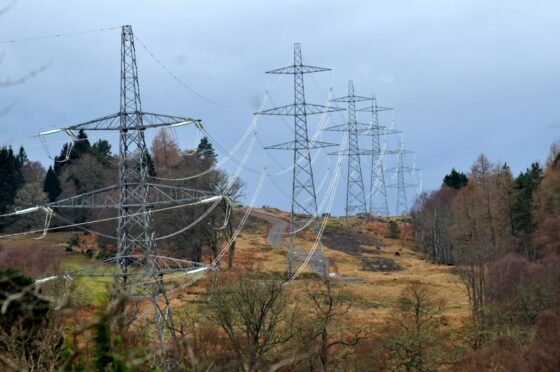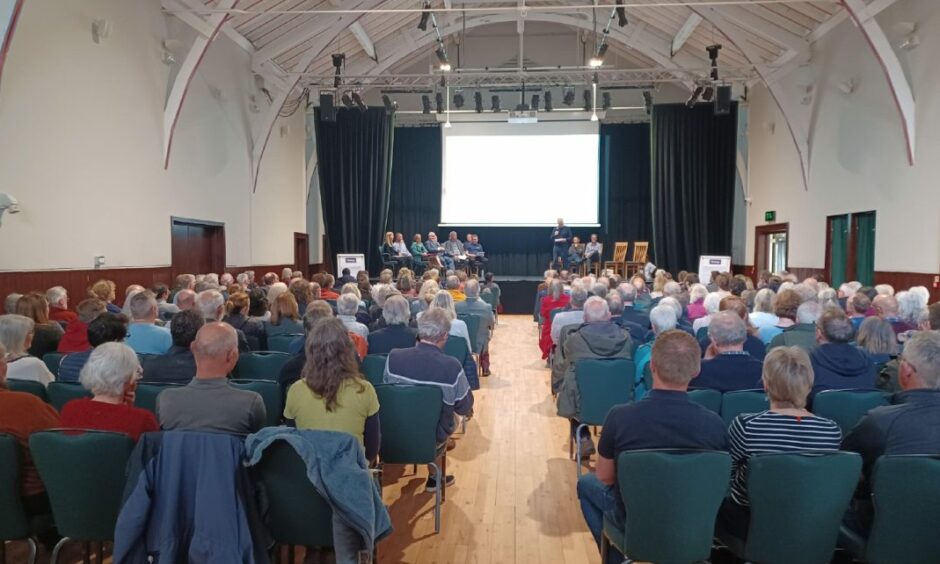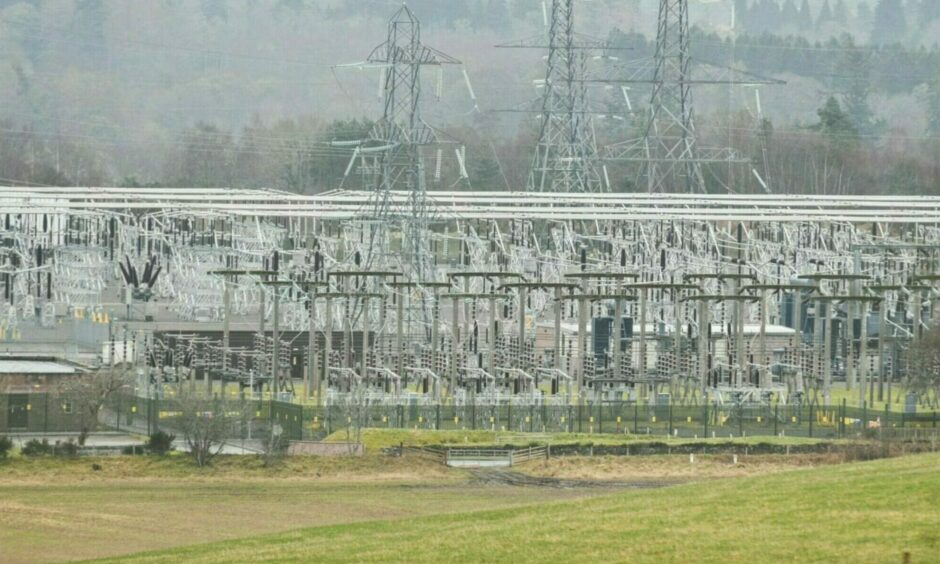A re-think on plans to limit fishing in Scotland should be extended to controversial power line plans, say campaigners.
Controversial SNP-Green proposals for highly protected marine areas (HPMAs) across 10% of Scotland’s seas by 2026 were ditched last month.
Now protesters against a planned power line from Caithness to Beauly say it too should be re-appraised.
Strathpeffer and Contin Better Cable Route is campaigning for Highland communities to have more say on planning infrastructure.
Pylons consultation ‘not sufficient’
Spokesman Dan Bailey said: “Environmental policies emanating from Holyrood are going to have enormous impacts in northern Scotland.
“But the people at the sharp end of these changes are not being afforded the basic democratic right to meaningful involvement.
“However good the intentions behind HPMAs, last week’s climb-down shows that the way Ministers sought to bring about their policy was flawed, because sufficient efforts were not made from the outset to consult properly with the communities most affected.
“The same casual attitude to rural concerns is evident in the Scottish Government’s policy on new renewable energy and the huge transmission infrastructure that this will require.
“Faced with the prospect of giant pylon lines in their communities, people rightly feel that their environment and economy are under threat.”
SSEN plans to route a new 400KV overhead line from Spittal in Caithness to Beauly and on to Peterhead.
Three new 400KV substations are earmarked for Beauly, Spittal and Loch Buidhe, in Sutherland as part of the plan.
SSEN says the project is part of a nationwide programme of network reinforcements required to deliver net zero and energy security targets.
An overhead line is the preferred option due to constraints and costs.
‘Vacuum in governance’
Mr Bailey adds: “Ministers speak of the importance of community engagement, but instead of spelling out what this actually entails offer just platitudes.
“Meanwhile SSEN are being allowed to plough ahead with their plans, under minimal oversight and with inadequate local consultation.
“This vacuum in governance and accountability is taking place on the Scottish Government’s watch.”
He said new power lines and windfarms in the Highlands need to be planned and co-designed with local people.
“The shift to a fairer, greener country is too important to allow it to degenerate into a battle between people and power companies, or rural Scotland versus an urban political establishment.
“Let’s not repeat the flawed and high-handed approach that brought HPMAs to an impasse.”
The group says the proposals will have a detrimental impact on businesses and the area’s tourism economy.
Philip Armshaw, who runs the Crystal House hotel in Strathpeffer, said: “The growth of industrial scale windfarms both offshore and onshore has already turned parts of the Highlands into an increasingly human-made landscape.”
The Scottish Government says it is critical that investment in grid infrastructure happens at the pace and scale required to enable the full utilisation of current renewable generation.
It also says is it vital the infrastructure is delivered cost effectively and that communities are fully engaged and derive lasting benefits.
Planning system ‘ensures communities have their say’
A spokesman said: “Our rigorous planning and consenting system ensures large scale grid infrastructure is subject to consultation with the public, statutory and local bodies, to ensure local communities can have their say on future proposals.
“Potential impacts on communities, nature and other valued natural assets or cultural heritage are important considerations in the decision-making process.
“We are clear that the delivery of more renewables and its supporting infrastructure must come with benefits for people in Scotland as well as supporting progress towards our net zero ambitions and increasing energy security.
“Investment in our grid infrastructure will bring benefits for our workforce, our supply chain and our regional and national economies over the coming years.”
SSEN said no decisions have yet been taken on potential overhead line routes or substation locations.
It says it is fully committed to working closely with the community and others to help inform the design of the project.
A spokeswoman said: “Our team is currently considering all feedback received, including the continued consideration of an alternative route put forward by the Strathpeffer community, alongside exploring mitigation measures in areas of particular local sensitivity.”
She said further consultation is planned later this year, on potential line alignments.
There will be more next year ahead of the submission of planning applications, expected in late 2024.
“We would like to reassure all stakeholders we remain fully committed to engage constructively as we develop this project of national significance that is required to help meet UK and Scottish Government climate change targets and secure the country’s future energy independence.
“We would like to thank all stakeholders who have kindly taken their time to provide their feedback to date.”
Are you interested in more exclusive and breaking Highland and Islands news from the P&J? If so, why not join our dedicated Facebook page HERE



